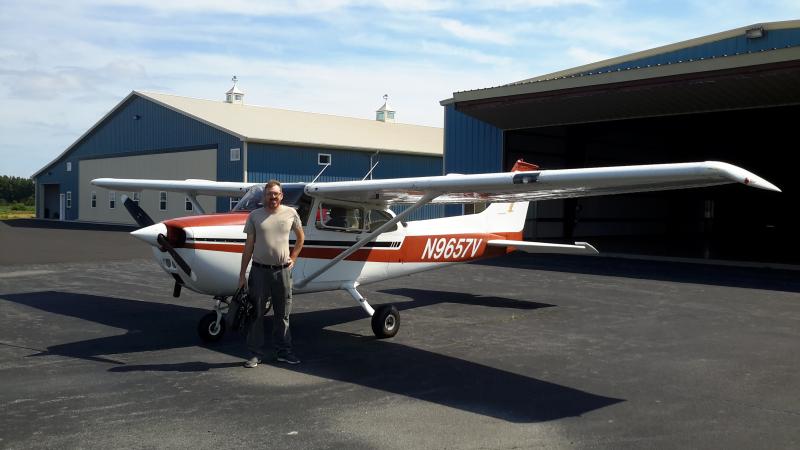In late June, Delaware’s forests got an annual checkup – just after spring blanketed the state in a wave of green color. Trees were examined with a variety of tools to spot minor issues before they might turn into major ones.
Armed with a digital camera, GPS technology and a tablet equipped with specialized software and satellite data, forest health specialist Bill Seybold boarded a small plane for a sky-high view of the First State. The survey is specifically designed to detect potential threats that can only be seen from the air.
For a total of 10 hours over three days, Seybold scanned the forest canopy below him for areas of defoliation or discoloration: maybe oaks succumbing to a gypsy moth outbreak or brown evergreens that could signal a potential southern pine beetle infestation. A GPS tool linked to the tablet let Seybold see previous years’ maps and mark suspicious areas for further inspection and ground sampling.
Early results from the 2018 aerial forest survey indicate no major outbreaks of tree diseases or insect pests. A 20-acre stand previously affected by SPB along the Delaware Bay has not grown in size. A three-acre outbreak of gypsy moth in Glasgow Park in New Castle County also seems to be contained.
The aerial survey is a key part of early detection, one tactic in a multipronged management strategy designed to keep forest threats at bay. Early detection and removal of infested trees can stop SPB populations from building up and moving through pine stands.
The annual aerial survey is the only way to visually confirm the health of the state’s forest canopy.




















































